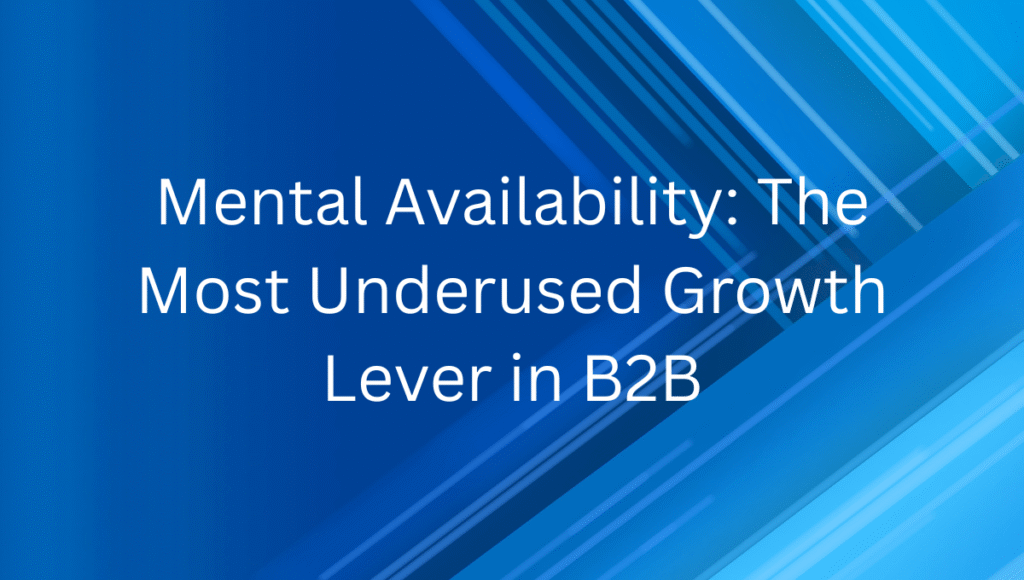Blogs
Beyond the Build-Essential Digital Marketing Strategies to Drive Traffic to Your New Website.
How to Win with AI-Driven Content Marketing: (AHREF’s recent study)

Everyone’s racing to publish more content, yet few are focused on making it matter.
Ahref’s surveyed 879 content and SEO professionals between December 2024 and February 2025 to reveal how top teams use AI to shift from volume to strategic impact.
Why Quantity-Driven Content Fails B2B Marketing
AI has undeniably turbocharged publishing rates.
In Ahref’s survey, teams using AI produced a median of 17 articles per month, compared to 12 for those relying solely on human writers, and some high-output teams delivered over 150 pieces monthly. Yet this flood of generic top of funnel blog posts and cookie-cutter templates often overwhelms audiences without actually moving the needle.
In B2B especially, pageviews alone mean little if prospects never advance to deeper decision stage assets like solution guides or vendor comparisons. When every team chases volume without a strategic focus, calendars fill up, but pipelines remain dry.
The smarter play is to orient AI-driven output toward content that addresses buyer intent—detailed product evaluations, head-to-head comparisons, and vendor-oriented keyword topics—so every piece contributes directly to pipeline growth.
Read more: B2B Content Marketing Challenges Hurting SEO & Revenue.
Ensuring AI Content Quality to Avoid Penalties
Efficiency gains from AI come with a caveat: a slightly higher risk of algorithmic penalties.
Ahref’s study found:
- 3.8% of AI‑assisted pages triggered a manual Google review, compared to 2.7% for purely human‑written content.
- 97% of AI users institute human oversight:
- Most writers personally fact‑check their drafts
- About 35% involve subject‑matter experts for deeper validation
- Only 4% publish AI copy without any edits
Google’s concern isn’t AI per se but thin, repetitive, or regurgitated content.
Building a robust review workflow—draft by AI, fact checked by experts, polished by editors—ensures every asset delivers fresh insights and unique value, keeping you off Google’s penalty radar.
Unlocking AI’s Sweet Spot in Content Creation
AI excels at automating the repetitive, time consuming stages of content creation: brainstorming topics, drafting outlines, and updating existing articles.
In the Ahrefs study:
- 76% of teams use AI for ideation
- 73% of teams use AI for structuring
- 67% of teams use AI for content refreshes
- 87% of marketers deploy AI for blog posts
- Only 17% leverage AI for ebooks
- Only 15% leverage AI for whitepapers
The real leverage comes from decision stage formats such as comprehensive buying guides, competitive analyses, case studies, and sales enablement collateral.
Here, AI can supply the initial framework, but human experts must layer in market context, real world examples, and nuanced takeaways to transform a draft into a deal winning resource.
Streamlining Content Operations with AI
Old content model
- Writers draft 80% of each article
- Team delivers about 8 mid tier posts per month
- Bottlenecks delay testing
New AI powered model
- AI handles initial drafts and repetitive tasks
- Writers spend 80% of their time on enrichment, data integration, and optimization
- Team ships 12 to 20 high impact assets per month, fully reviewed and repurposed
With the same headcount, you gain more strategic output and a continuous feedback loop based on performance metrics.
Building Trust and Accuracy in AI Generated Content
Perceived barriers to AI adoption remain high:
60% of professionals cite lack of accuracy as their top concern, 62% worry about misinformation, 57% fear plagiarism, and 36% note bias issues.
Despite these worries, 84% of companies choose not to disclose AI involvement in their content .
That reluctance underscores a crucial truth: AI cannot replace domain expertise. To build credible, authoritative assets, teams must validate every fact, integrate proprietary benchmarks, and infuse each piece with a distinctive brand voice.
Differentiating Your Brand with AI Content Strategy
In a landscape where every team taps the same AI models, strategic differentiation becomes the ultimate advantage. Begin by clearly defining your unique narrative and positioning before drafting a single word.
Leverage Ahrefs data and your own analytics to identify content gaps and double down on high ROI topics. And as you scale with AI, maintain a rigorous human refinement process—AI expands your capacity, but experts sharpen your point of view.
Read more: Using AI to Create Demand and Build a Content Moat
AI Content Tools, Costs, and Investment Trends
ChatGPT leads the AI pack with 46.8% usage, followed by Gemini at 15.3% and Claude at 10.3%, among 94 distinct tools named .
Although AI cuts a blog post’s cost from roughly $611 to $131 on average—a 4.7× reduction—total monthly content budgets for AI and non AI teams remain nearly identical (around $2,475 vs $2,442).
Notably, 51% plan to increase AI content spend over the next year, signaling confidence in the ROI potential.
Key Takeaways: AI Content Best Practices
- Automate routine tasks—outlines, topic ideation, and A/B headline tests—to free writers for strategic work.
- Reinvest AI driven time and cost savings into competitor research, data partnerships, and performance experimentation.
- Implement a three tier review: AI draft, SME fact check, editor polish.
- Prioritize assets that guide purchase decisions: in depth guides, comparison pages, and case studies.
- Track results—organic traffic growth, penalty incidence, conversion lift—and double down on what works.
TL:DR:
- 87% of marketers use AI; these teams publish 42% more content and grow 5% faster year over year.
- 97% of AI users manually review content, and only 4% publish pure AI copy.
- AI reduces per post costs by 4.7× without shrinking total content budgets.
- 60% cite accuracy fears, while 62% worry about misinformation in AI output.
- Over 50% of teams plan to increase AI content spending in the coming year.
